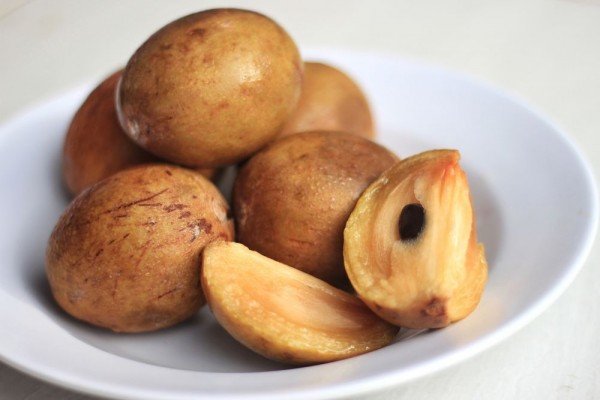
Why Sapodilla Trees are Important for Tree Crops in the Tropics
Tropical rainforests are home to many trees that have important ecological and economical value. There are various tree crops that grow in the tropical regions of the world, some of which are endangered due to deforestation and agricultural land-use conversion. Sapodilla trees are one of these tree crops that grow in the tropics, providing an important ecological function.
The sapodilla tree is called ‘sawo’ in Indonesia, and it is a major source of food for humans and animals alike.
What is the Sapodilla Fruit?
The sapodilla fruit is a fruit that originates from the Sapotaceae family and is native to Indonesia. It is also known as sawo, sapotilla, sapotilha, chiku, or nanche. The sapodilla tree can grow up to 20 meters high.
It can take as much as 12 years for the sapodilla fruit to ripen on the tree; they are most often harvested when they are green. The sapodilla has a sweet flavor with a consistency similar to that of an avocado. It also has a thin peel which makes it both easy to peel and eat; many people choose to eat it without peeling it first because of this.
One of the major advantages of this fruit in comparison with other fruits is its long shelf life.
How to Harvest, Identify, and Prepare the Fruit
Sapodilla trees are beautiful and their fruit is tangy and sweet. The sapodilla fruit is a popular ingredient in many dishes. If you have never harvested sapodillas or made sapodilla jam, this article will show you how.
The fruit tree has a long history of cultivation in Central America, the Caribbean, and tropical countries around the world. Sapodillas are also cultivated commercially in South Florida for their juice.
Step 1) Identify the sapodilla fruit
The fruit is a tropical fruit that is grown in Indonesia, Central America, the Caribbean, and other parts of the world. The tree is known to be an evergreen and it has a long life span. Sapodilla can grow up to 20 meters high and its bark can be dark grayish-brown in color. There are fleshy seeds inside the fruit which have a yellow color.
Step 2) Harvesting the fruit
Sapodilla fruit is harvested in the summer months when it is fully ripe. Harvesting the fruit involves cutting off the stem of the tree with pruning shears. The fruits are picked up and then shaken to remove any loose leaves.
Step 3) Preparing the fruit
The fruit is a tropical fruit that is indigenous to Indonesia. The fruit grows in a variety of climates, but it thrives best in warm, humid locales. The fruit tree is characterized by its deeply lobed leaves and its yellow flowers. The fruits are harvested when they are green (unripe) or when they become ripe (yellow).
Where Does One Find a Sapodilla Tree?
The fruit tree is found in the tropics. It can survive in various environments and is a popular tree for reforestation.
The fruit tree has been in existence for millions of years. Its fruit, called a sapote, has protein and high fiber content.
How do You Eat the Fruit?
The fruit is a tropical fruit that grows in Indonesia. It is often eaten fresh or turned into a sweet drink.
In Indonesia, the fruit is often enjoyed as a refreshing beverage with some cane sugar and water. One way to eat it is to slice it in half lengthwise with a sharp knife. Scoop out the pulp from each half and enjoy!
This fruit is also an ingredient in many recipes such as ice cream, pies, and cakes. The fruit can be found in different colors including greenish-yellow, yellowish-orange, pinkish-orange, or reddish-orange depending on the variety of sapodilla that it comes from.






